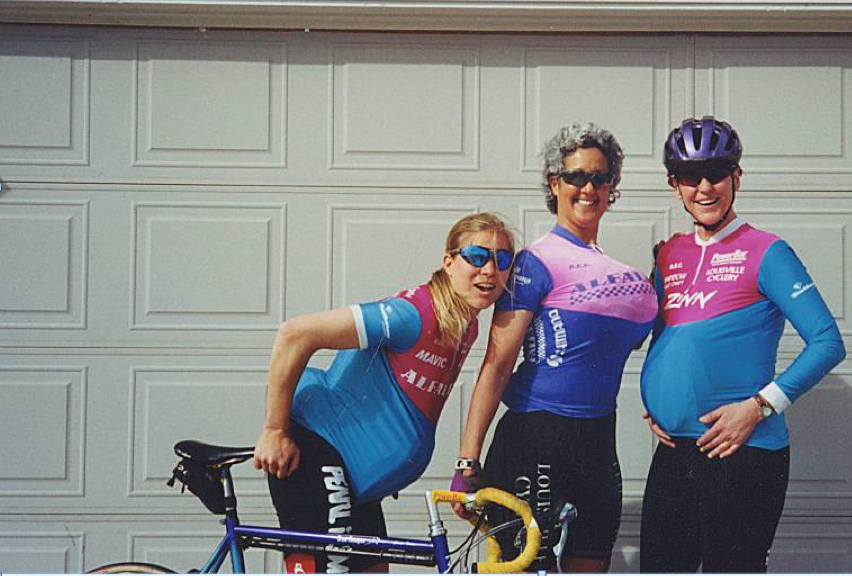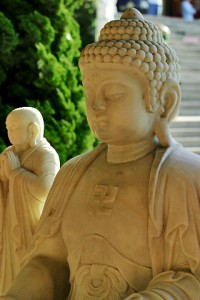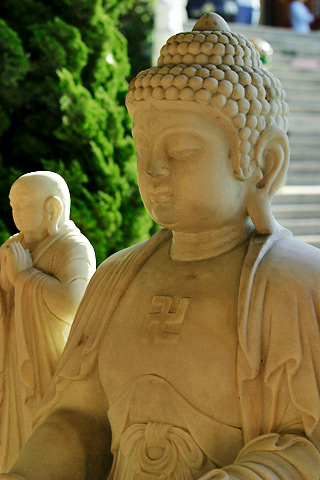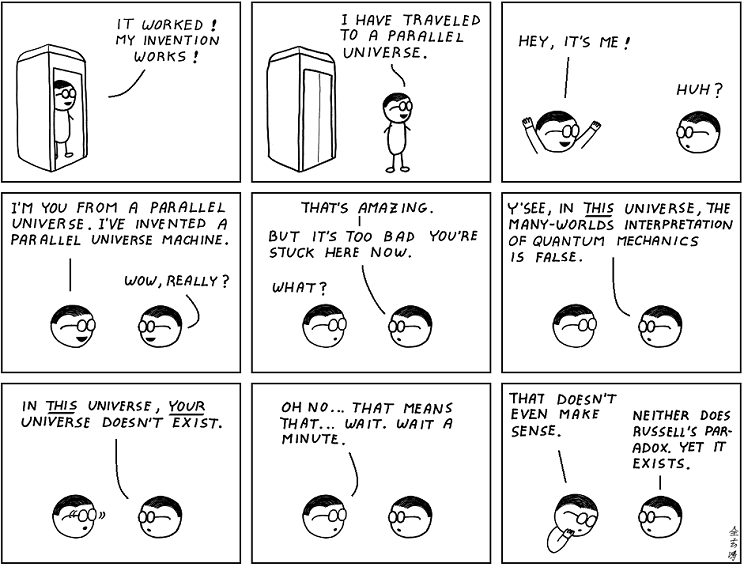 In the photo, Karen is smiling. We’re clowning around, engulfed in a spring day with nowhere to be but out on our bikes. Breast cancer has already pushed its way into Karen’s life, but the demon is on hiatus, and she has gleefully stuffed her bra to announce that cancer can take her breasts but never her sense of humor.
In the photo, Karen is smiling. We’re clowning around, engulfed in a spring day with nowhere to be but out on our bikes. Breast cancer has already pushed its way into Karen’s life, but the demon is on hiatus, and she has gleefully stuffed her bra to announce that cancer can take her breasts but never her sense of humor.
This month marks six years since Karen Hornbostel died. I’ve been thinking of her this week as the U.S. Anti-Doping Agency released 1,000 pages of evidence showing a vast doping conspiracy by Lance Armstrong and his entourage. The affidavits, emails, bank records and other documents paint a picture of Armstrong as a bully and a cheat.
I wish Karen was around to discuss Armstrong’s downfall. She admired Lance, and in many ways, she modeled her cancer fight after his. In 2003, the Lance Armstrong Foundation (now Livestrong) awarded Karen its “Spirit of Survivorship” award. It was an honor she proudly accepted from Armstrong himself. Like him, she vowed never to yield to cancer, and indeed she fought it to her last breath.
The USADA documents show that Armstrong cheated to win his seven Tour de France victories. The evidence is now overwhelming. The heroic, triumphant tale he (and Sally Jenkins) depicted in his books was a fraud. As Bonnie Ford explains at ESPN, “anyone who remains unconvinced simply doesn’t want to know.”
Understandably, the news is difficult for many fans to hear. No one likes to feel suckered, and fairy tales like Armstrong’s appeal to us precisely because they represent the world as we wish it was. When given the choice, who wouldn’t want to believe that something good could come from cancer — that it could turn a punk kid from Texas into a virtuous warrior who fought his disease and his sporting opponents with honor and integrity?
Continue reading →

 In the photo, Karen is smiling. We’re clowning around, engulfed in a spring day with nowhere to be but out on our bikes. Breast cancer has already pushed its way into Karen’s life, but the demon is on hiatus, and she has gleefully stuffed her bra to announce that cancer can take her breasts but never her sense of humor.
In the photo, Karen is smiling. We’re clowning around, engulfed in a spring day with nowhere to be but out on our bikes. Breast cancer has already pushed its way into Karen’s life, but the demon is on hiatus, and she has gleefully stuffed her bra to announce that cancer can take her breasts but never her sense of humor.

 Most scientists are reluctant to talk about “curing” mental illness, and rightly so. The mountain is too steep: These disorders have a range of genetic and environmental causes, and symptoms vary widely from person to person. But for post-traumatic stress disorder (PTSD) — in which people are haunted for months or years by memories of a life-threatening event — that framework is all wrong.
Most scientists are reluctant to talk about “curing” mental illness, and rightly so. The mountain is too steep: These disorders have a range of genetic and environmental causes, and symptoms vary widely from person to person. But for post-traumatic stress disorder (PTSD) — in which people are haunted for months or years by memories of a life-threatening event — that framework is all wrong.

